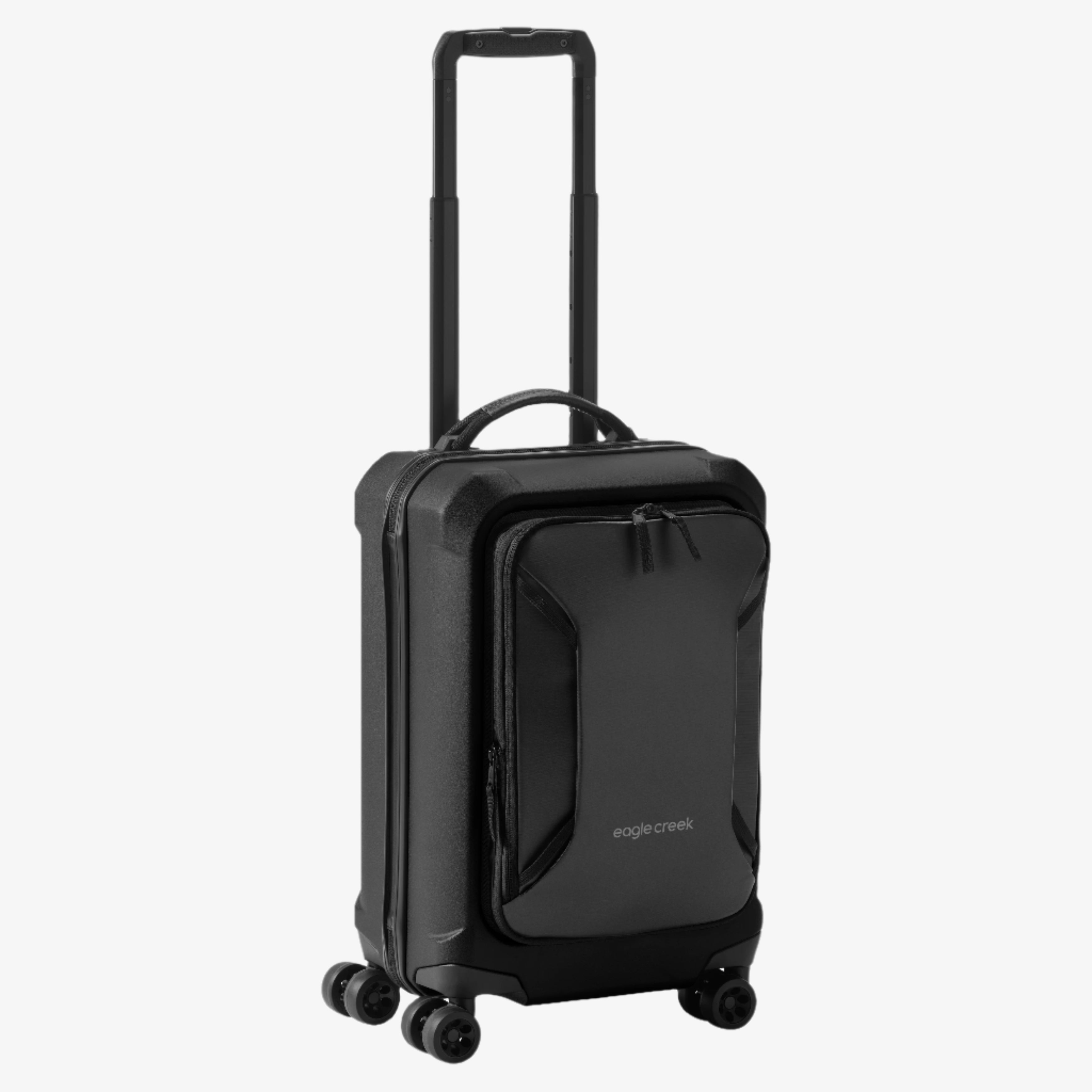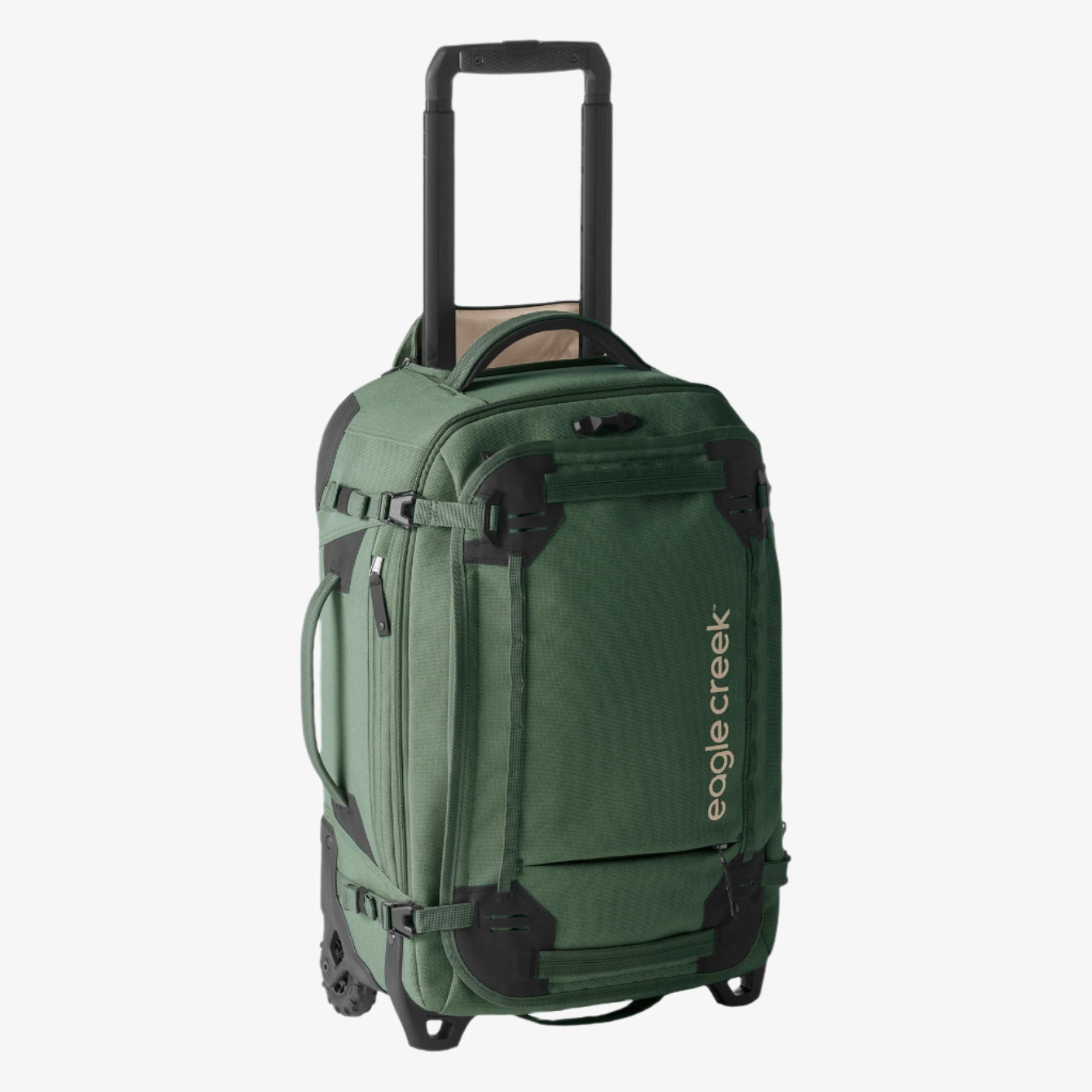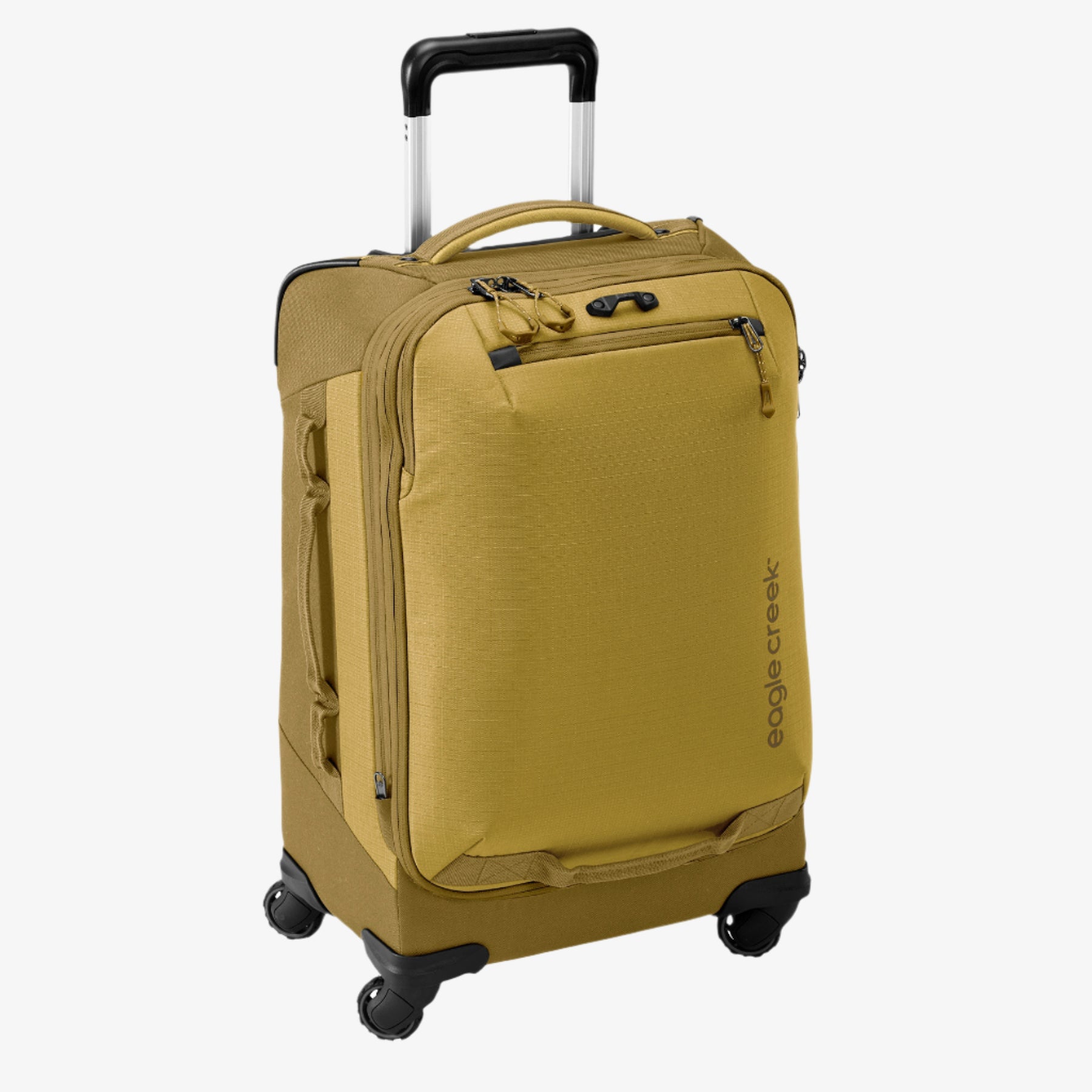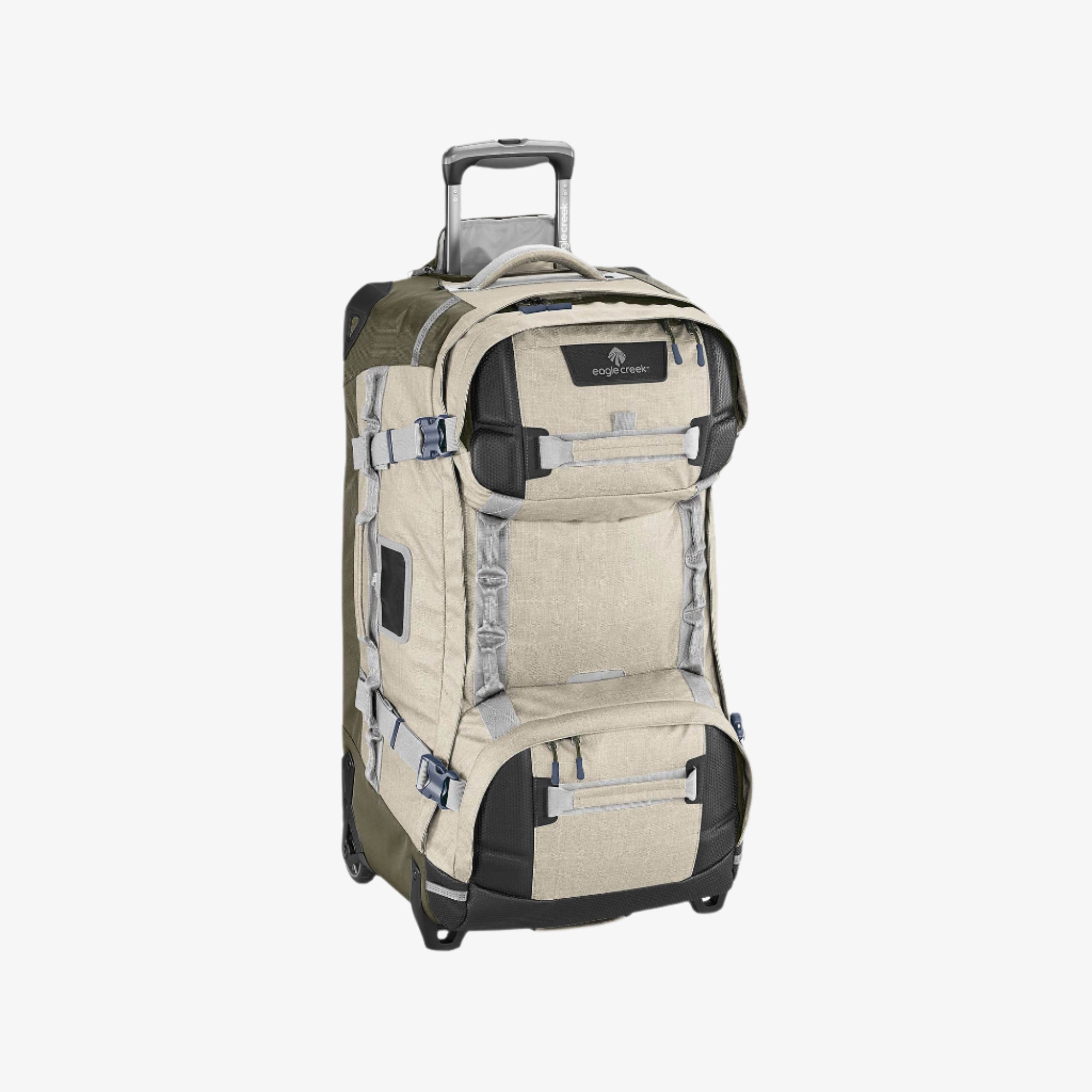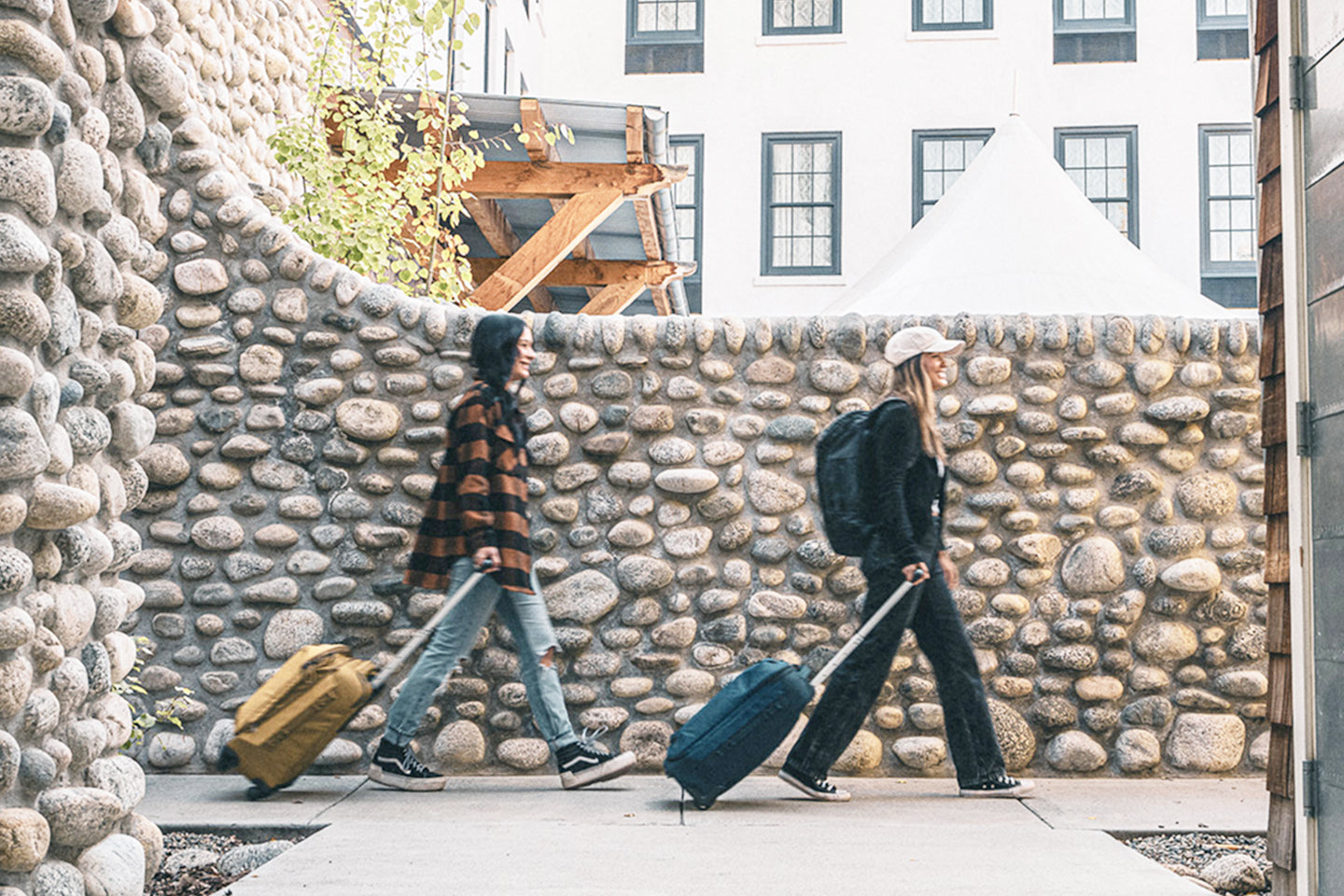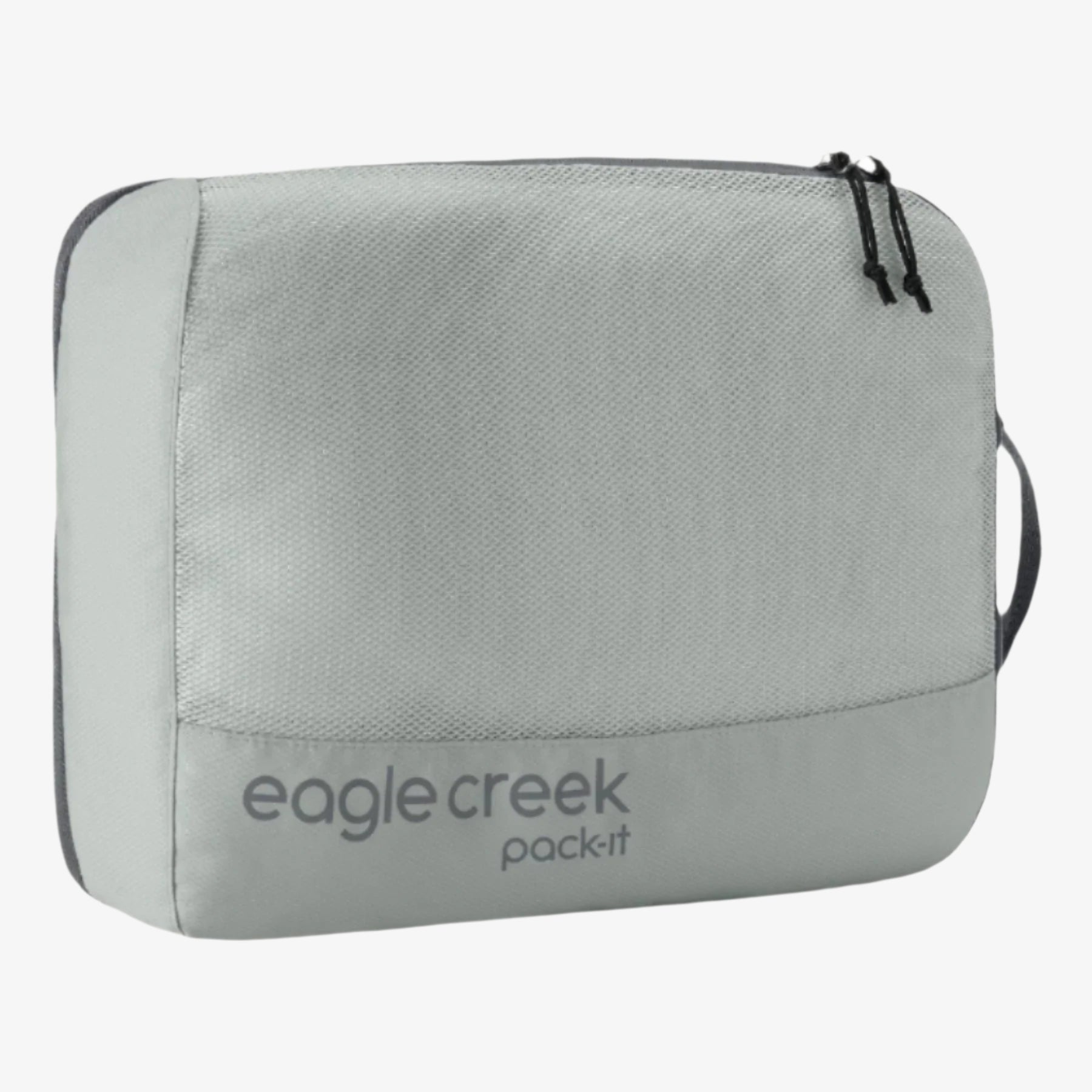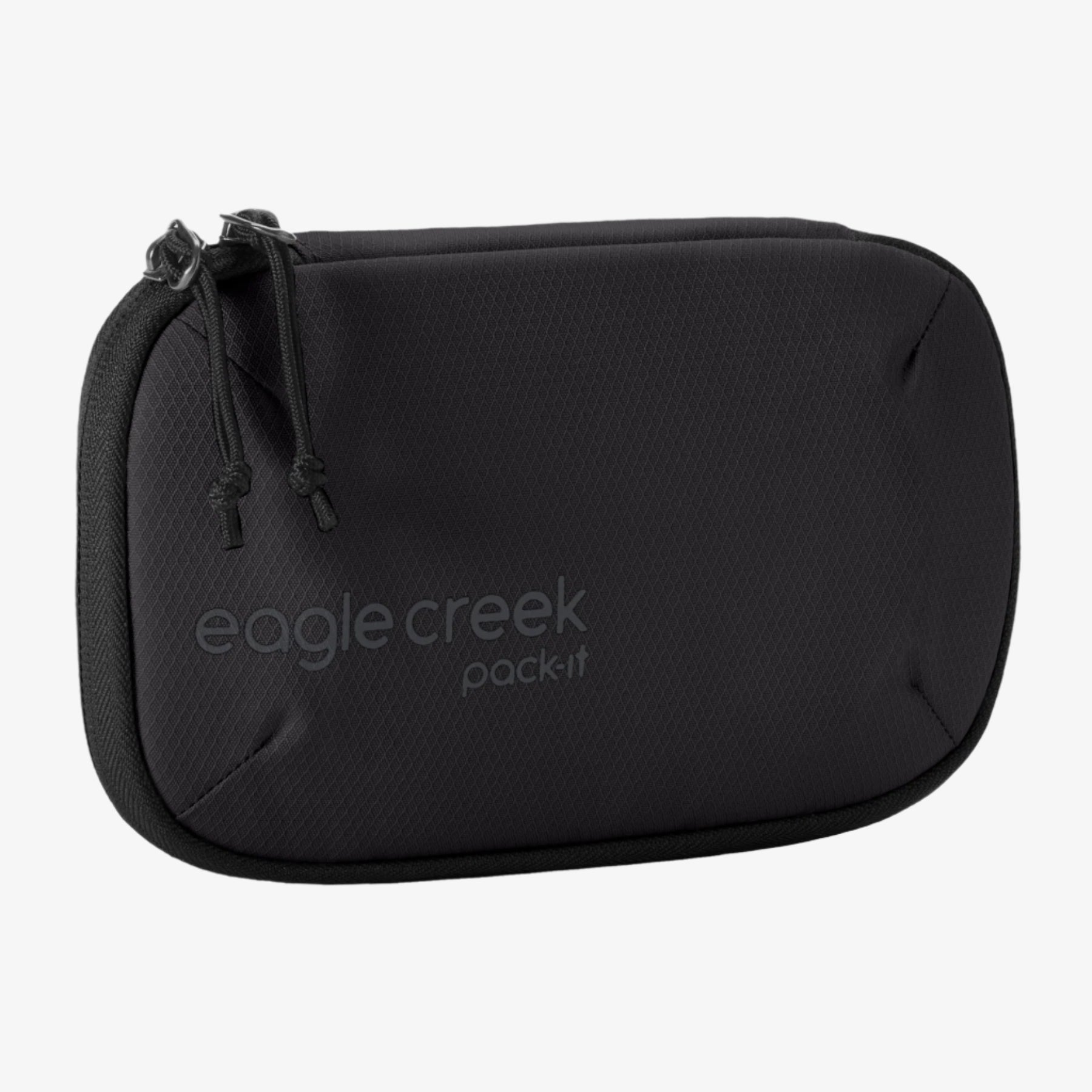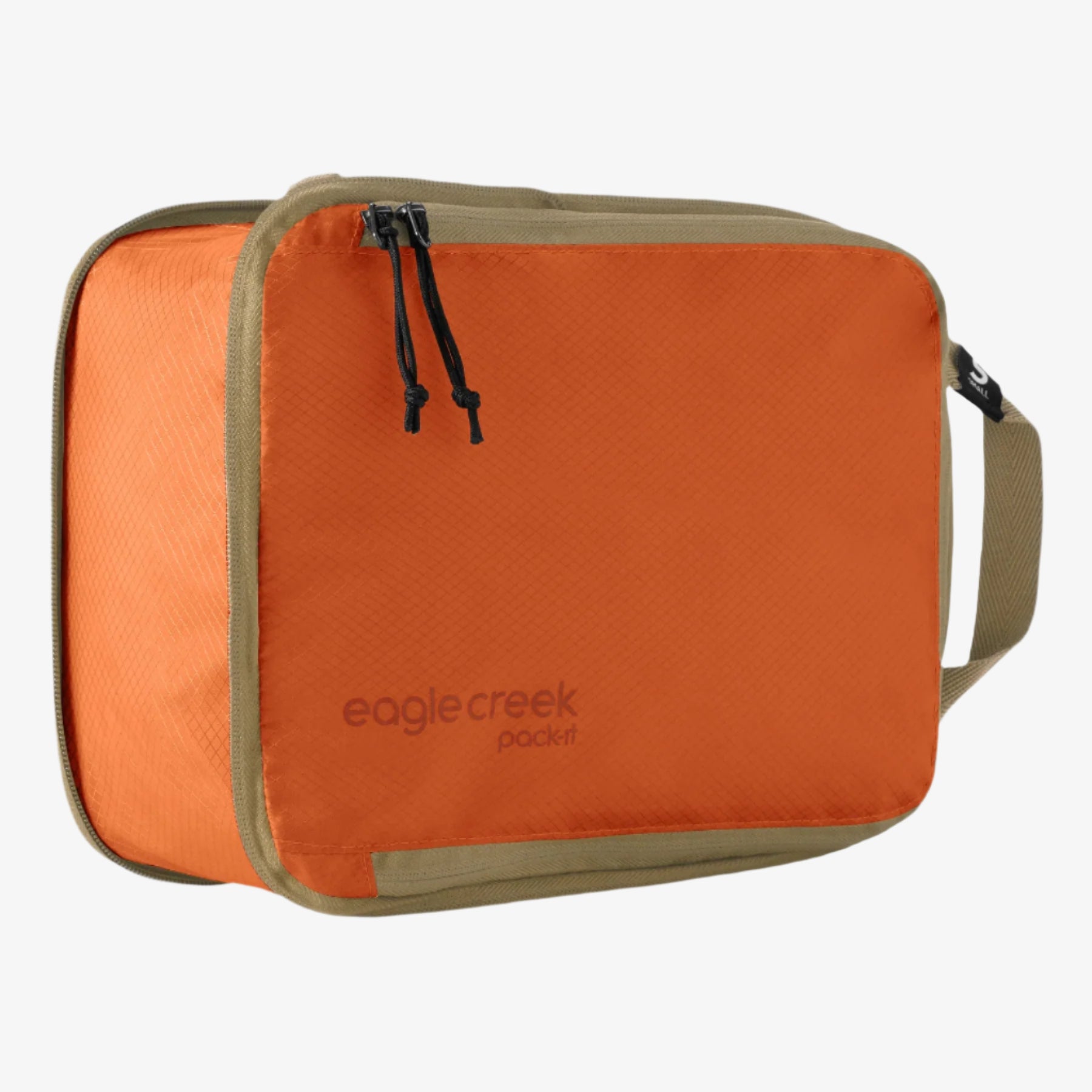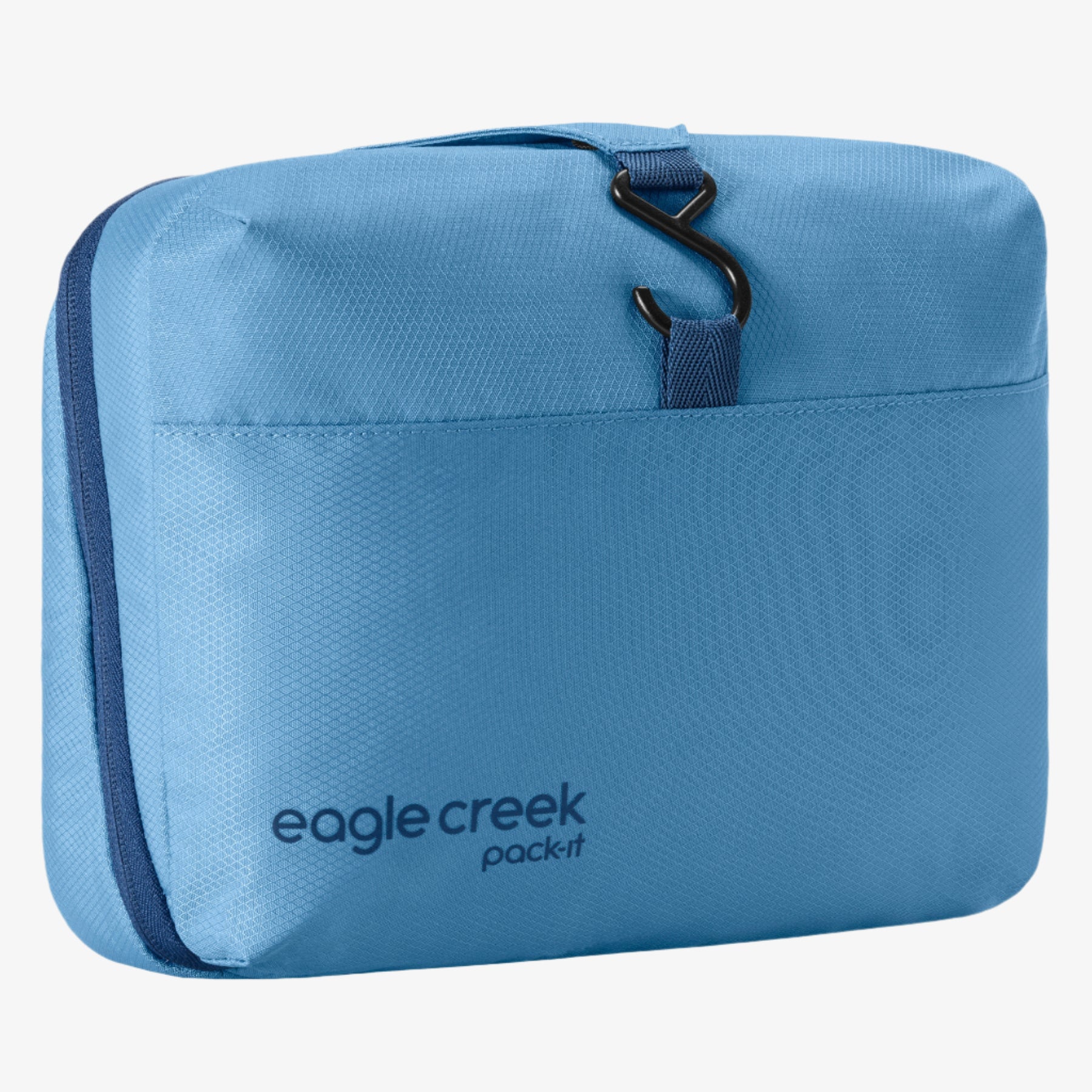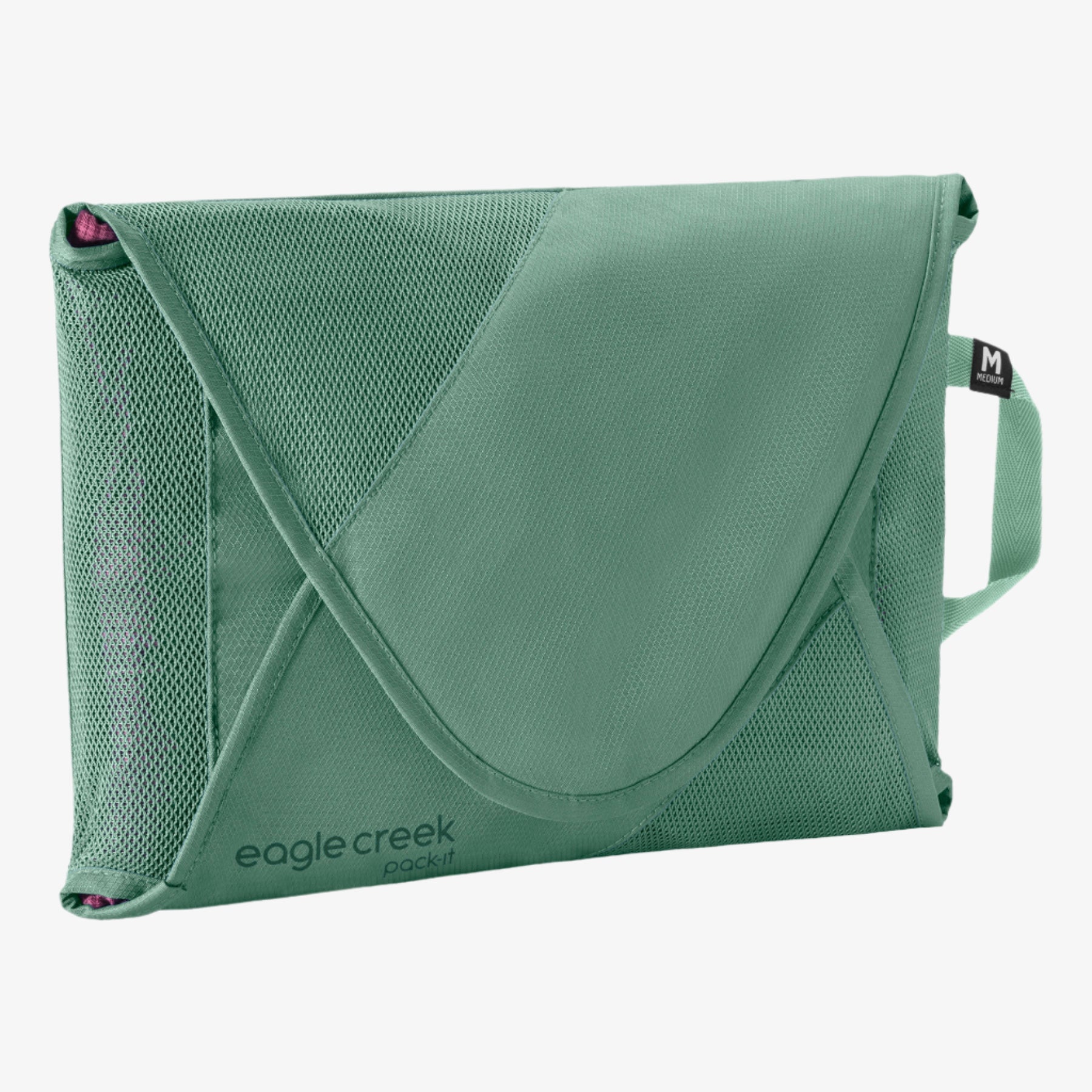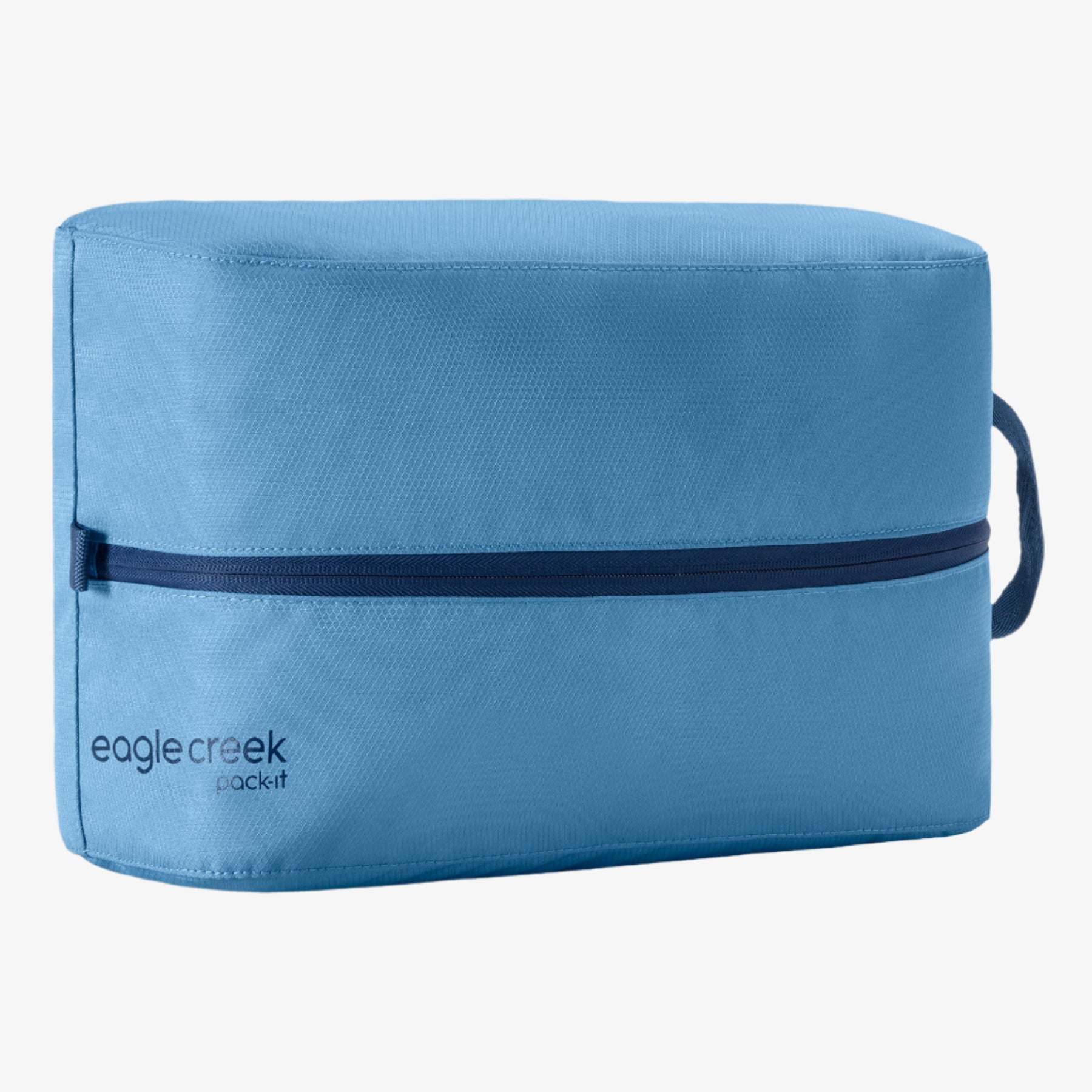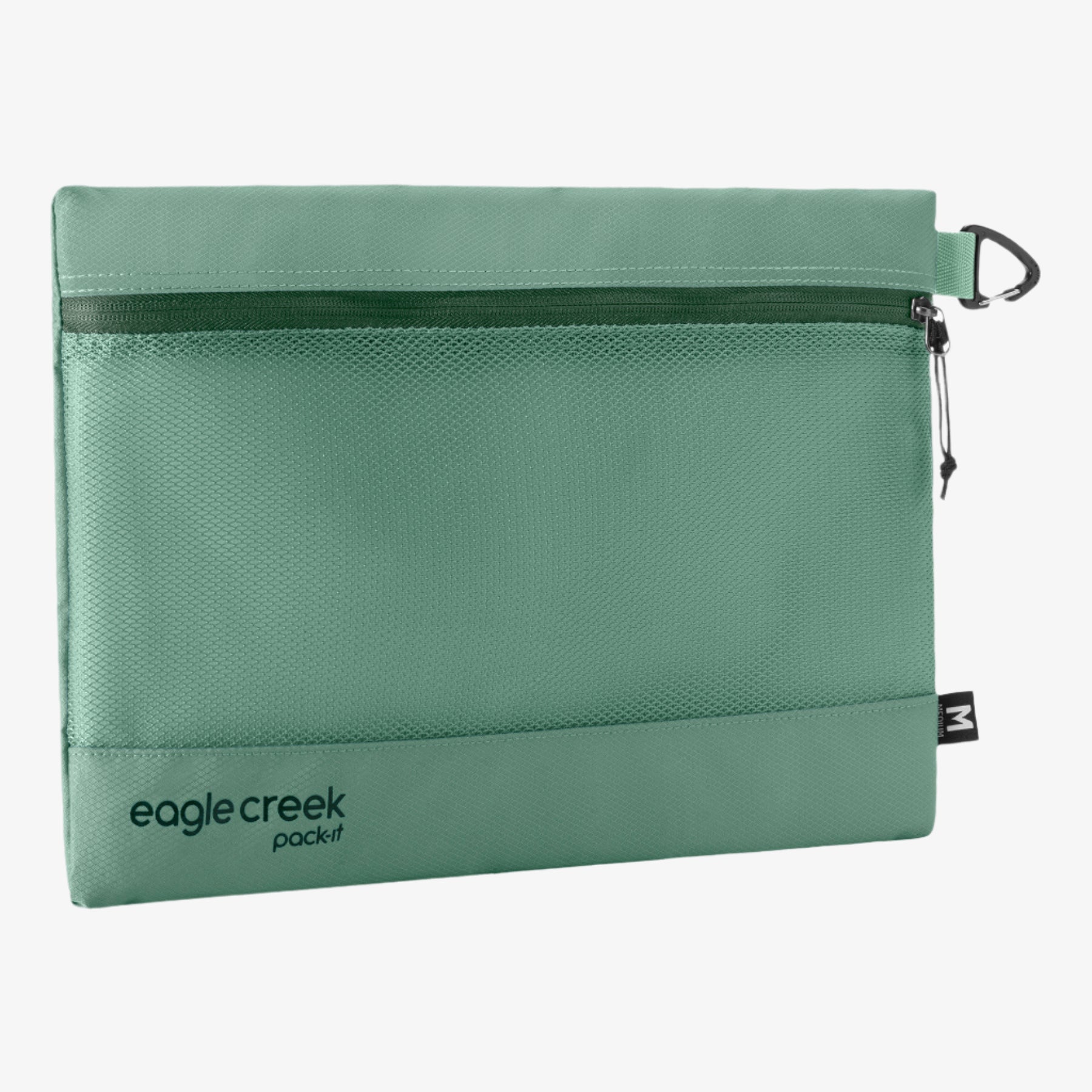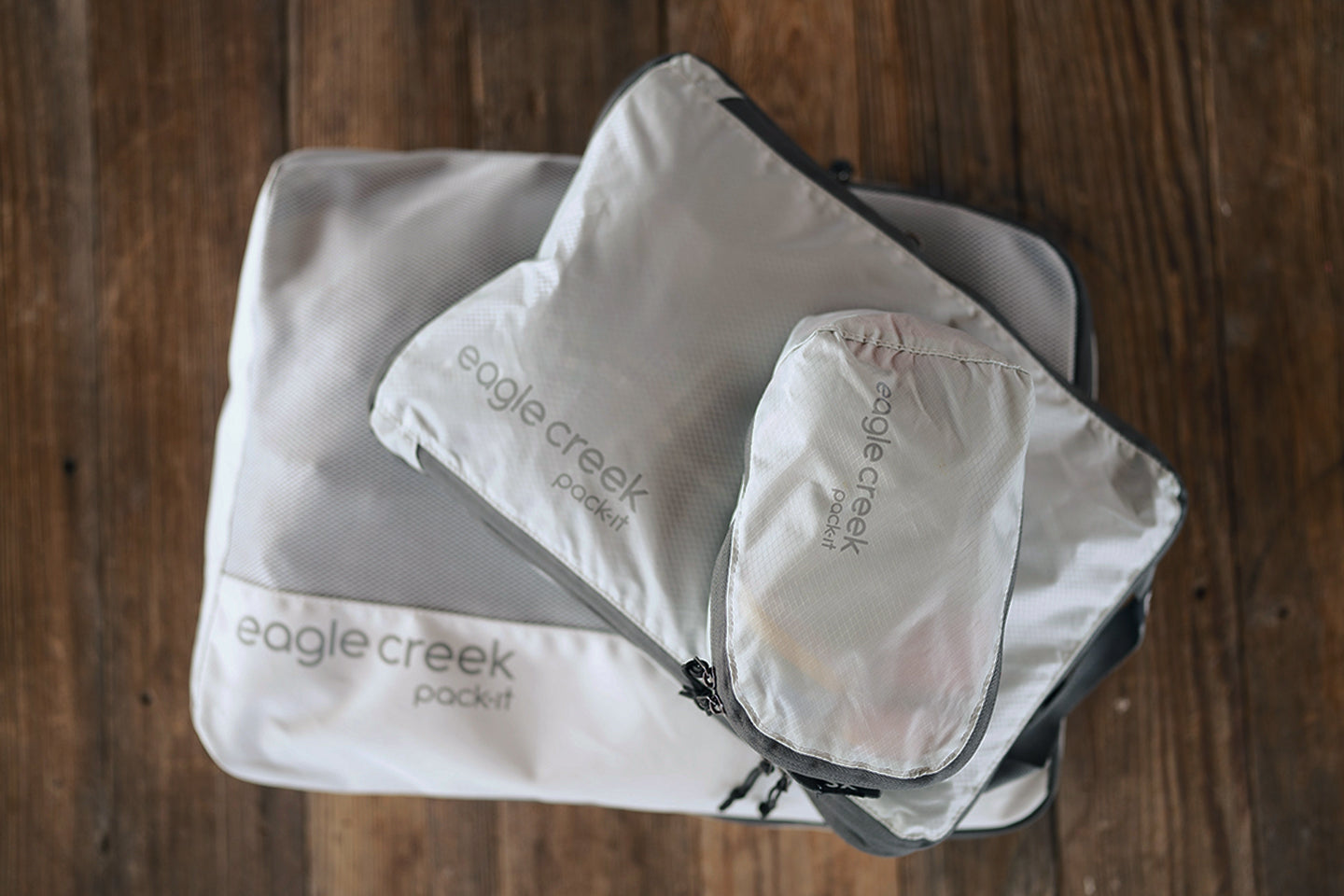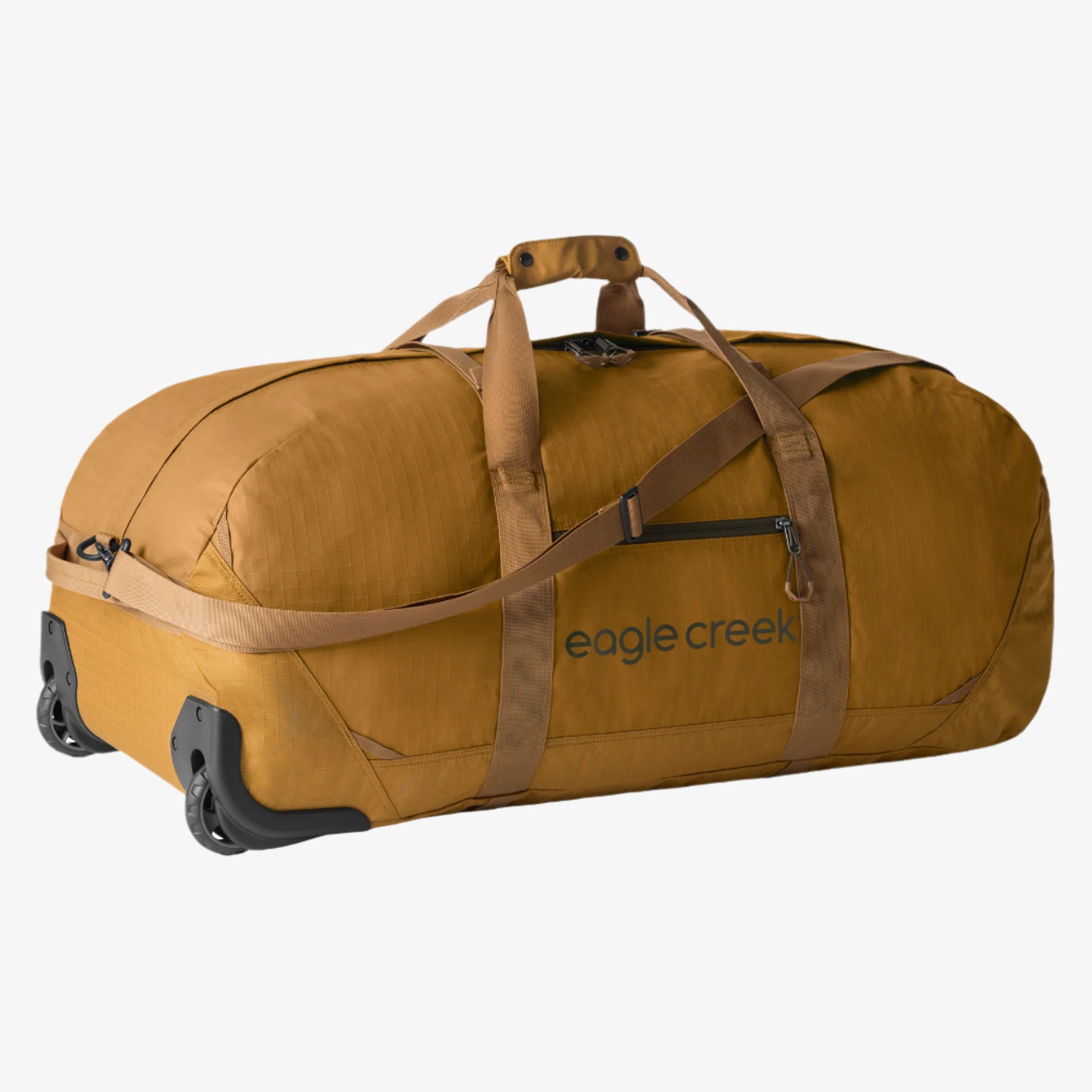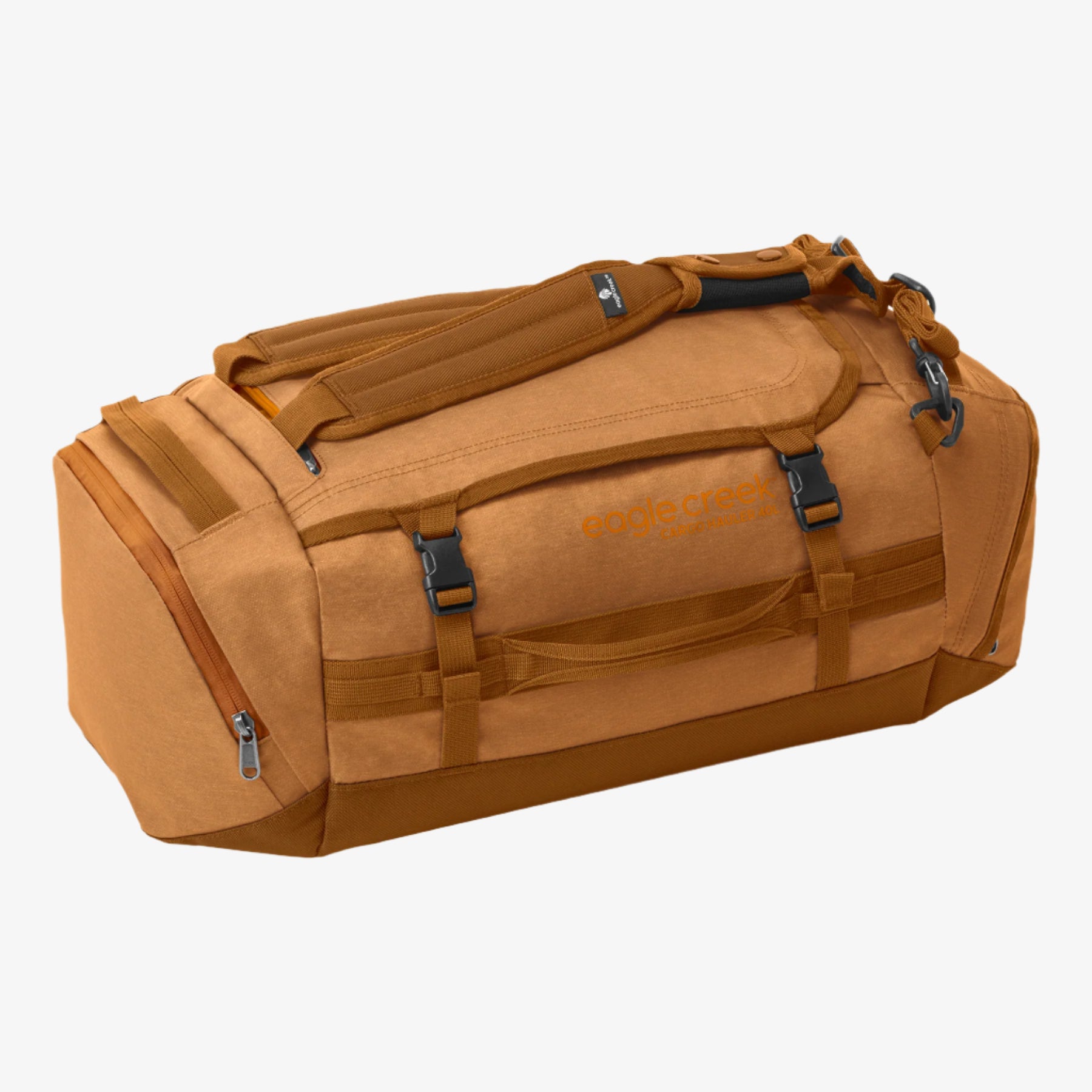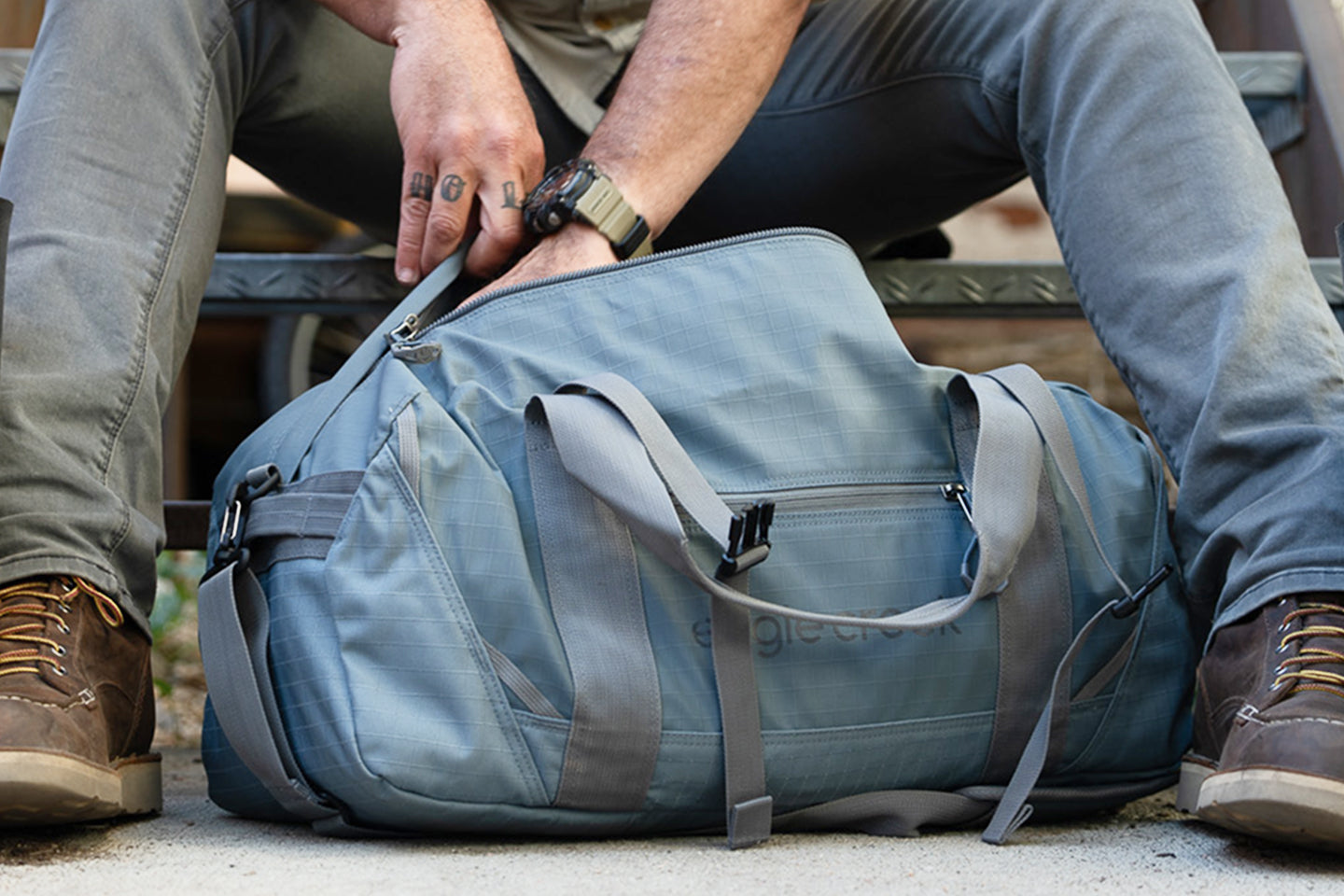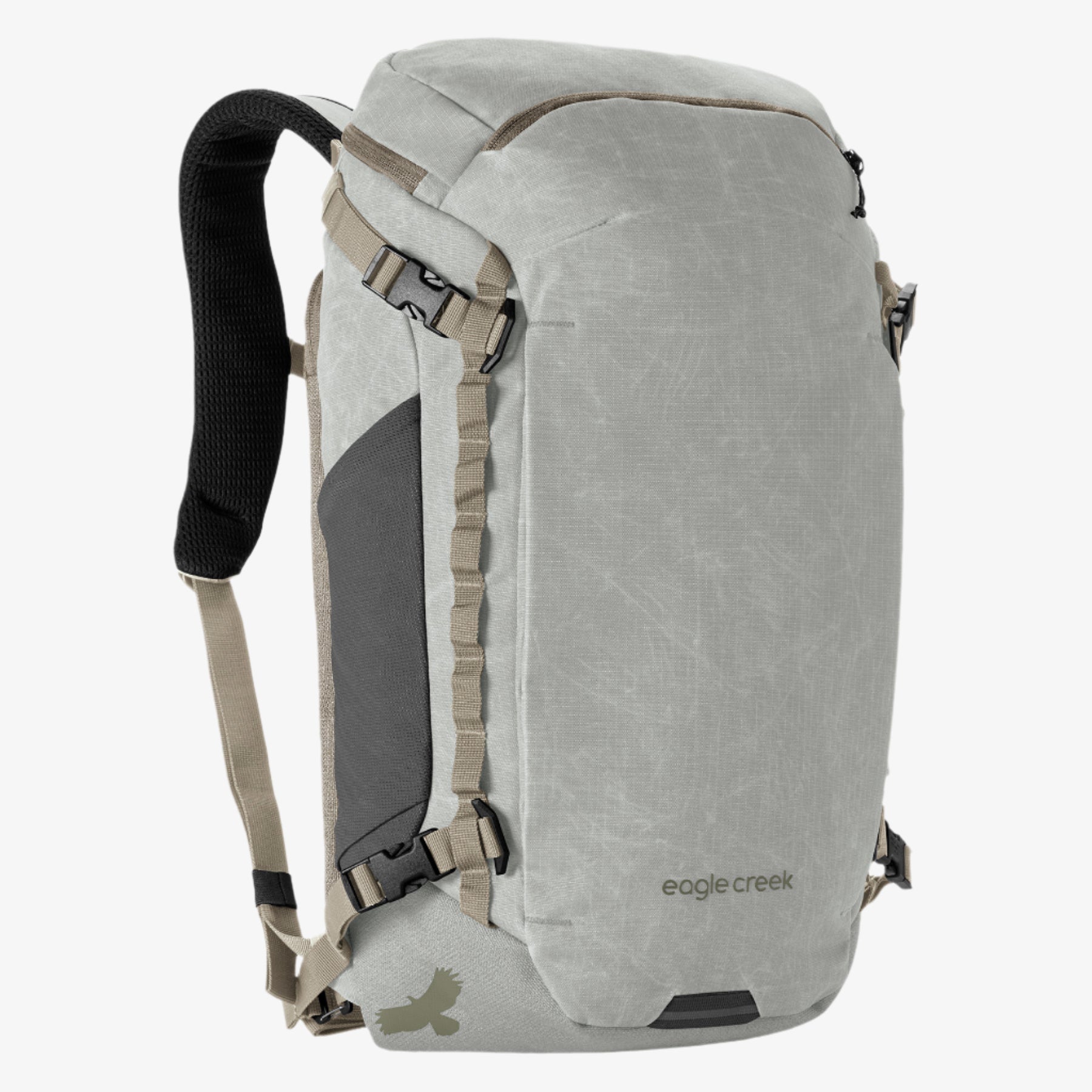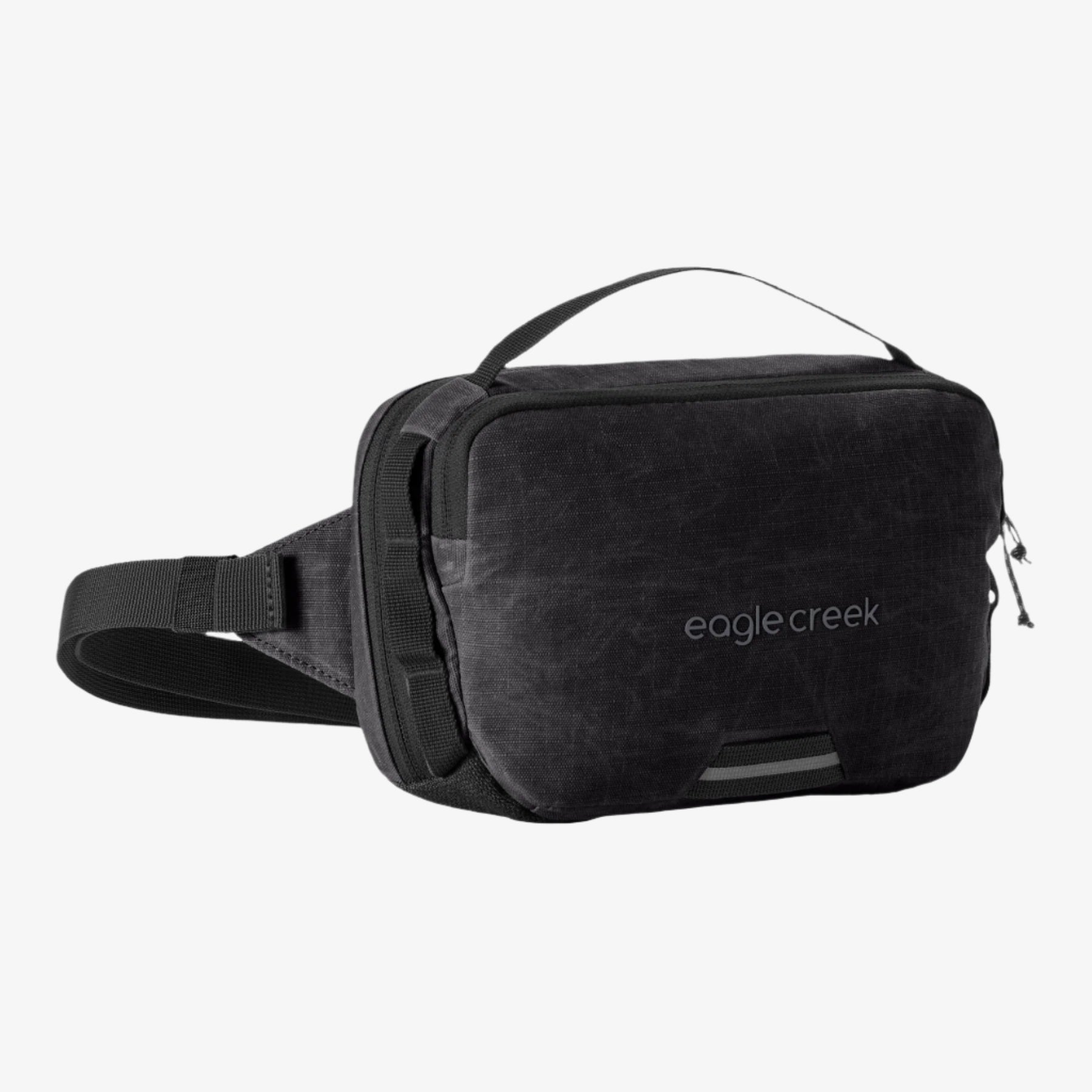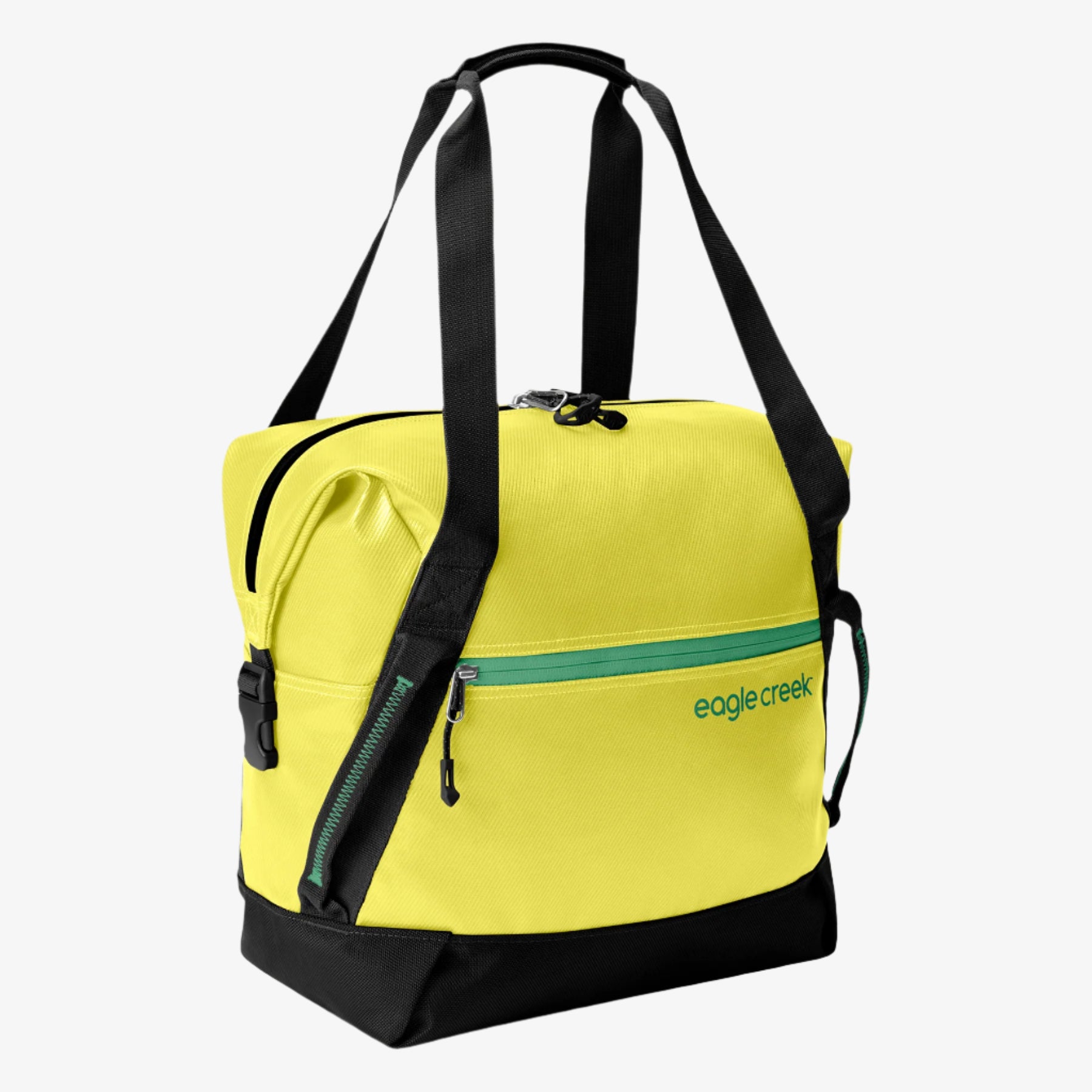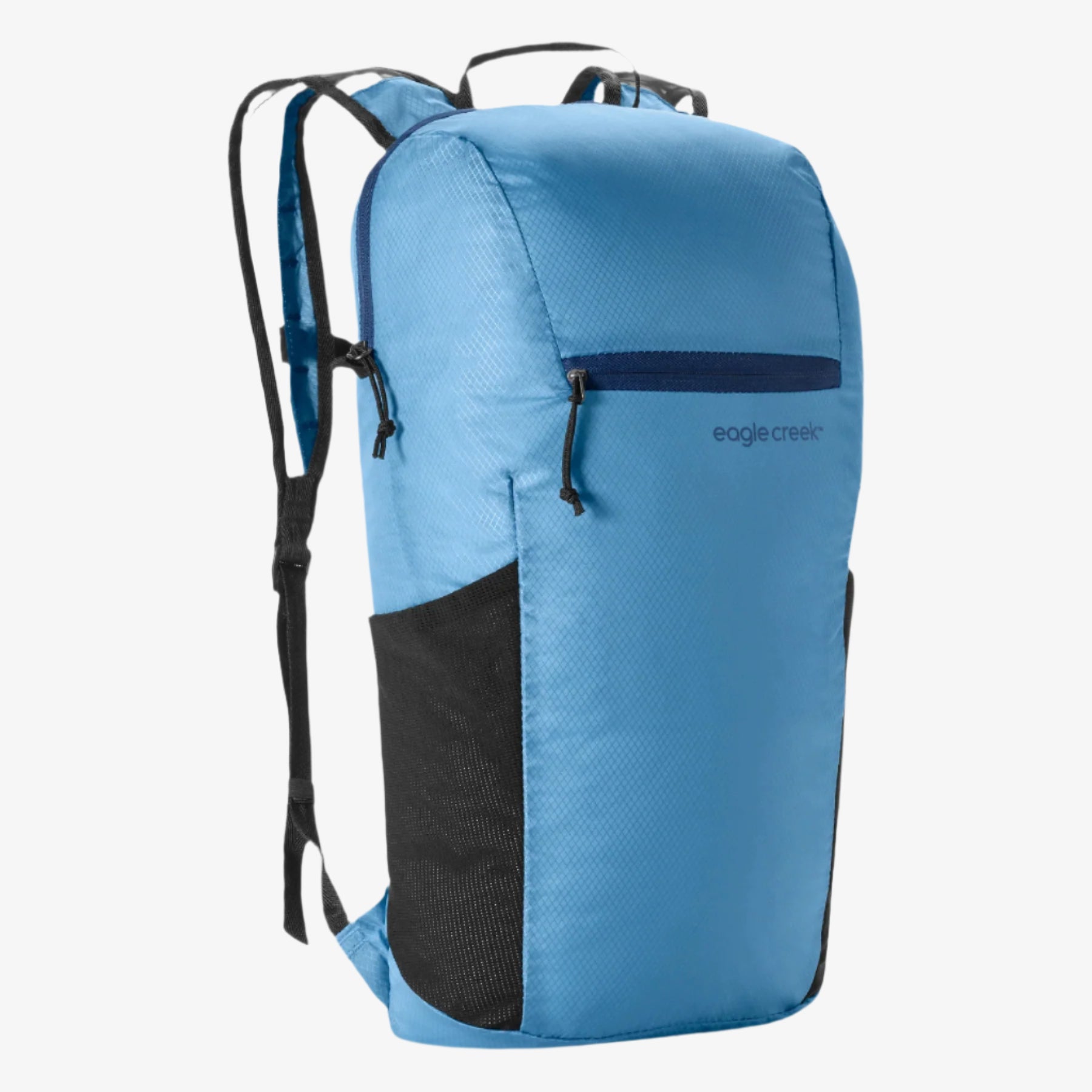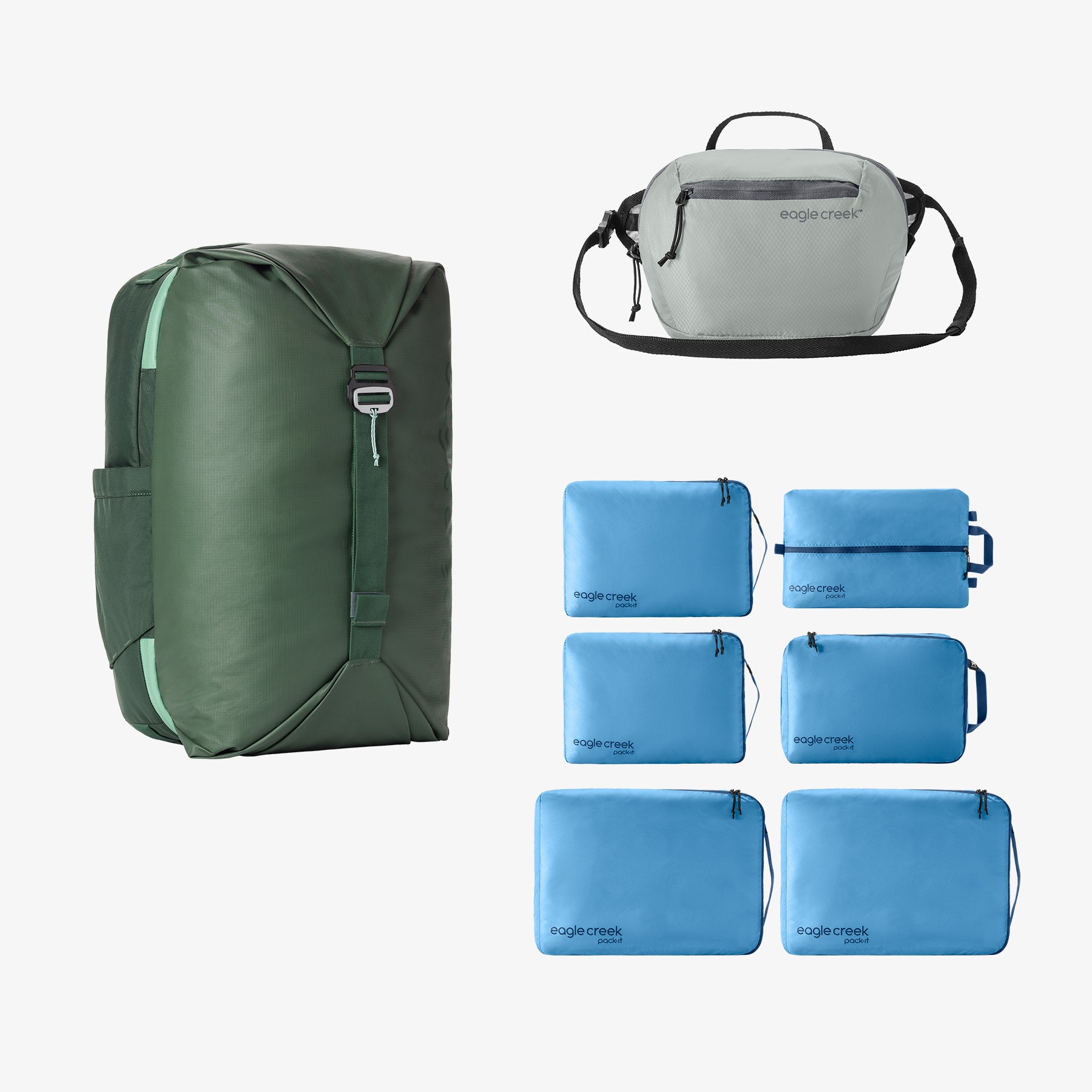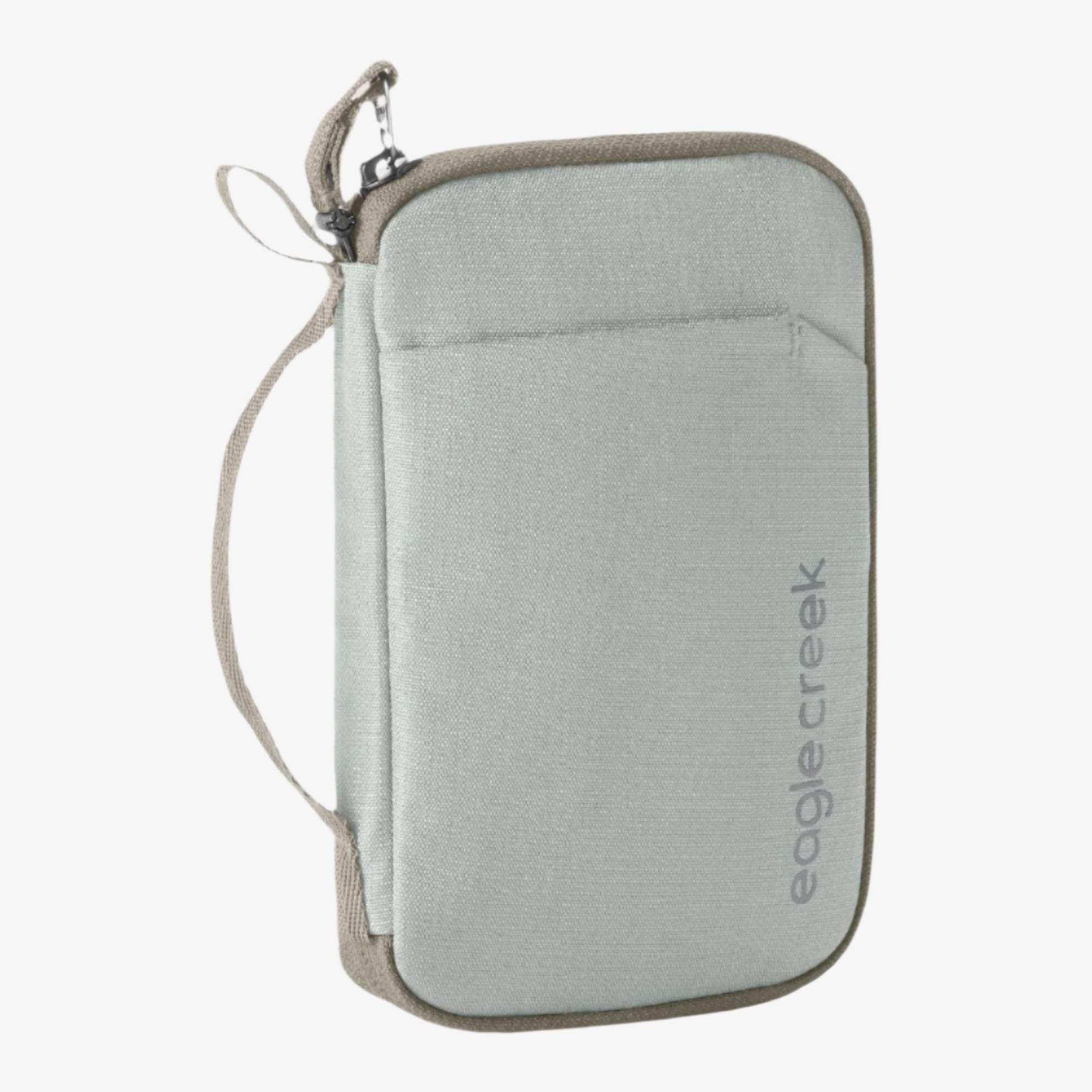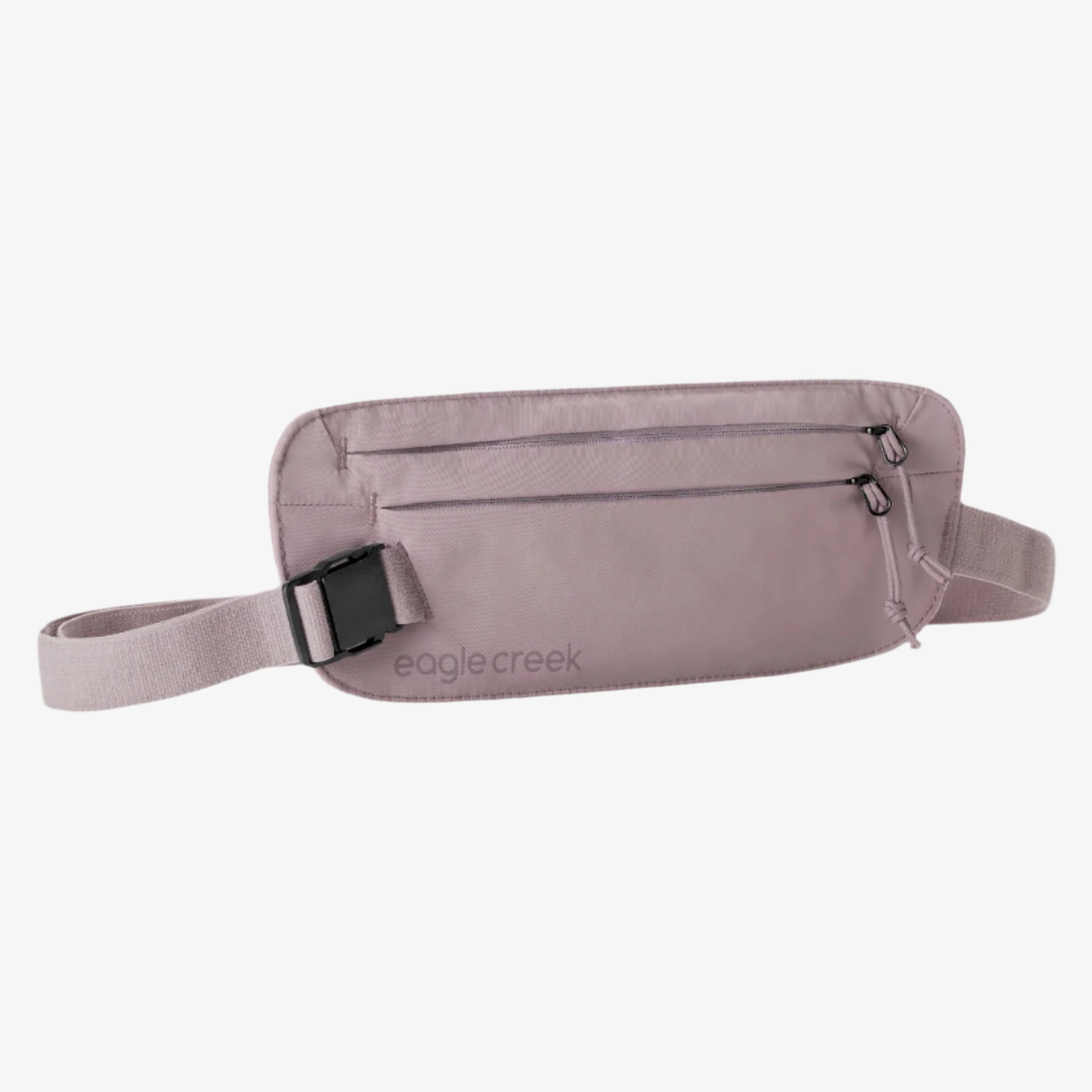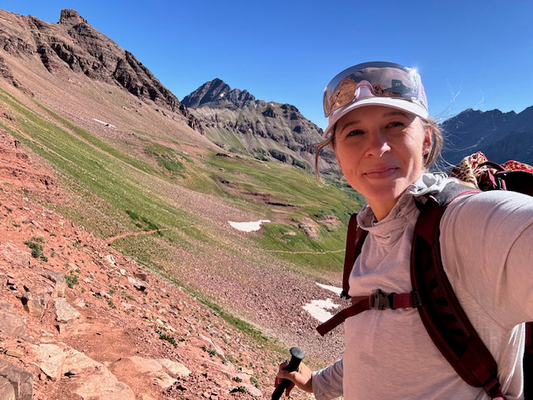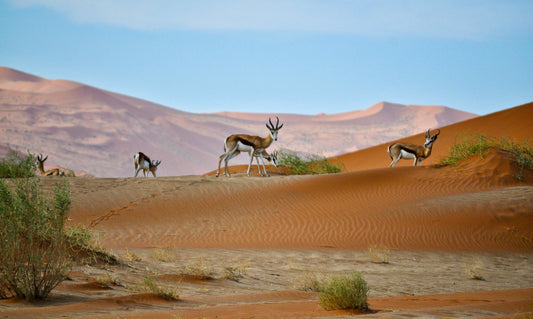Watching the Aurora Borealis dance their green, purple, red, and yellow lights across the dark night sky is on many a travel bucket list. But travelers often assume the only way to see them is by going to Arctic Europe in the depths of winter—an expensive, complicated, and very cold proposition.
You can do that—and people do—but there are more ways and places to see the Northern Lights than many realize, some of them well below the Arctic Circle, accessible, and not frigid.
Here are some tips chasing the Aurora Borealis in places and ways that are accessible and even affordable.
What are the best months for seeing the Northern Lights?
In most places known for Northern Lights sightings, they can reliably be seen from October through April, and sometimes as early as September.
A fall or spring trip can offer nighttime temperatures in the 20s and 30s Fahrenheit, rather than the negative digits, allowing travelers to stay outdoors longer safely and comfortably.
Is it possible to see the Aurora cheaply?
Chasing the Northern Lights will never be a bargain vacation. But there are ways to trim the costs. And the more you do so, the more nights you can spend out looking, which increases your chances of seeing them.
According to Explore Fairbanks, people who stay in the region for three to four nights have a 90% chance of spotting those colorful skies. Off the Map Travel recommends at least five nights to have a good chance for success on its excursions to Sweden’s Lapland.
Fall and spring are often shoulder seasons in these destinations, which means lower hotel rates and airfare.
In Finland’s arctic region, for example, there are 200 nights a year where you can potentially seek the Aurora. In October, early November, March and April hotel rates can be 35% lower than in the peak winter months, and the odds of seeing the lights are still pretty good.
Where are you least likely to freeze while watching the Northern Lights?
Several people cite Iceland as a less cold destination because the gulf stream helps ease the temperatures there. The prospect of warming up in the country’s many geothermal hot springs doesn’t hurt, either. In the northern city of Akureyri—a popular base for Aurora tours, winter lows tend to be in the 30s; which is very tolerable.
Tromsø, Norway also benefits from the gulf stream. In addition, Mick Lomers, who used to guide Northern Lights tours there, notes; “The surrounding mountains & fjords create a lot of microclimates and you can find vastly different skies just by traveling one valley over.”
Can U.S. Travelers see the Aurora without a passport?
The “Aurora oval” stretches further south in North America than it does in Europe, placing it well below the arctic circle here, according to Explore Fairbanks. Americans who fly into Fairbanks, Alaska can drive out to the many nature preserves and national recreation areas just a few miles from town for light-pollution-free viewing.
Where are the closest spots to the lower 48 for spotting the Aurora?
For a very accessible Aurora trip, explore the state parks and nature preserves outside of Lenaudier and Mauricie, Canada; both are roughly midway between Quebec City and Montreal.
Between February and April the Northern Lights put in a regular appearance over Banff National Park, which is much further south than even Fairbanks. Lake Louise and the park’s other lakes make for scenic viewing spots. Gateway cities Calgary or Edmonton have plenty of flights from the U.S.
Guide or No Guide to see the Northern Lights?
Intrepid travelers often recommend skipping the cost of tours and instead renting a car to drive into the countryside on your own. But Lomers makes the point that a good guide will know the prime spots and understand the local weather. They’ll also have experience driving on the icy roads and heavy snowfall you can encounter during those long arctic nights.
But, finding an affordable guide often means joining a group tour, which has its drawbacks. And tours have only a set amount of time that they are out each night.
OTMT’s Alex Minnis suggests booking several nights at lodging that’s a little more remote instead. Aurora destination lodging can be expensive, but not paying for several nights of tours can offset that somewhat. “And when you are staying on location you have all night to try and see them,” he says.
Travel Planner Andreea Geartu likes Abisko, Sweden for this reason, especially around the spring equinox. “You don't need an expensive Aurora chasing tour; they have clear skies on most nights and you can just walk out on the lake.”
Rent a rural house; you’ll save money and can step into your backyard to check the skies. In milder months and locations, renting an RV is another budget-friendly way to spend several nights out in more remote spots.
Can an amateur photograph the Northern Lights?
Skip the phone camera handy pocket camera; they won’t capture them. For Northern Lights photos you need a tripod and a camera that will let you play with filters and lens aperture and allow a long exposure time. Read up on how to do it before you go so you can make sure you have the right equipment and technique.
If you don’t, just enjoy Mother Nature’s light show and create memories that are worth the money and travel time you’ve put into finding the Aurora Borealis.
Chasing the Northern Lights requires the right gear. Cold weather vacations require layers and bulky clothes. Using compression packing cubes or compression sacks can help keep your suitcase small, even with all that gear. The Pack-It protective cube keeps your camera gear safe and makes it less bulky in your suitcase, too.
Related Links:
6 Tips for Basic Milky Way Photography
Under an Arctic Sky: Chris Burkard’s Biggest Lesson Learned
The Ultimate Guide To Chasing the Northern Lights
Backcountry Basics: What to Know & Pack for Winter Survival
